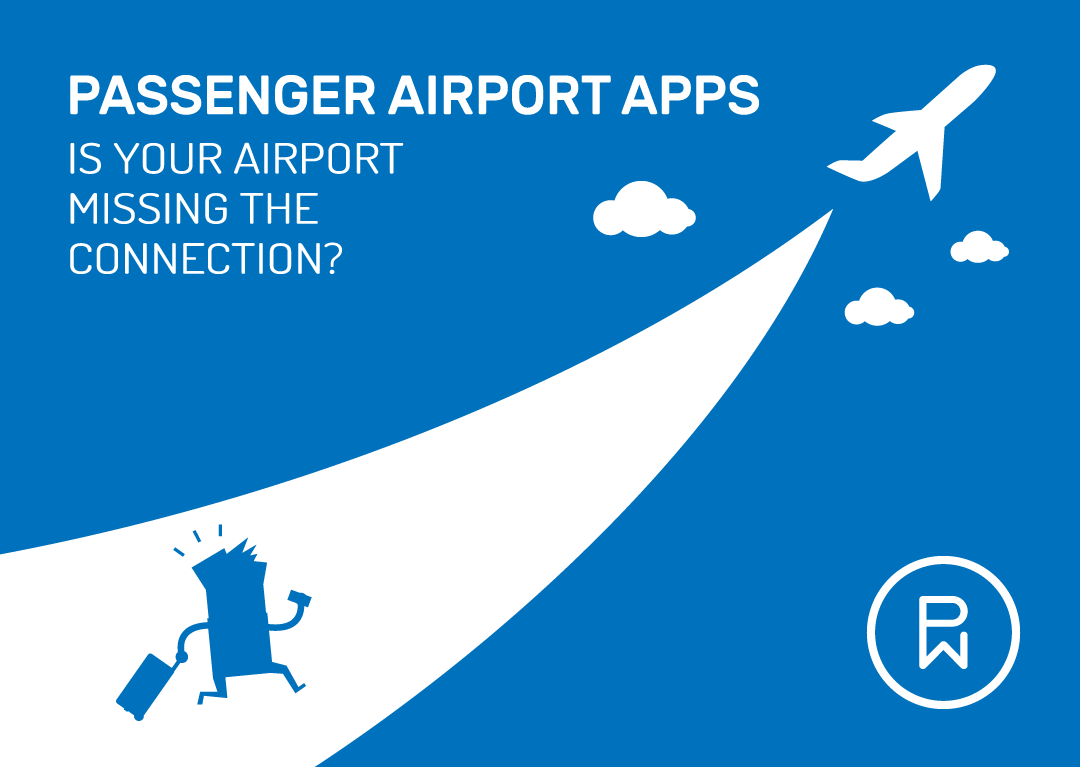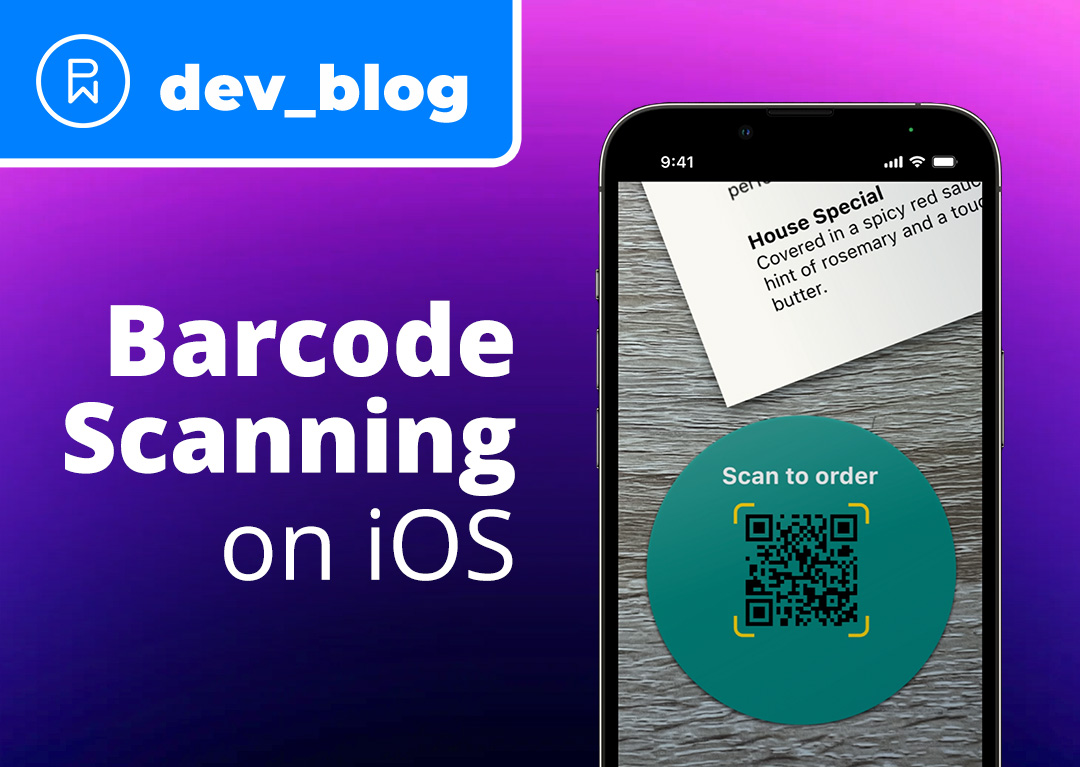Airport terminals are a great place for people-watching. There’s the caffeine-fueled road warrior feverishly charging her phone while barnstorming her laptop. The young couple taking giddy selfies next to the Bali departure gate. One friend texting another to “pls grb me a brg + fries kthxbye” while she sits with their bags.
Everybody’s story is different. What nearly all passengers have in common, however, is a mobile device in their hands. In fact, according to SITA’s Passenger IT Trends Survey 2017, almost all passengers (98%) carry at least one mobile device when traveling—and 70% carry two or more!
SITA’s survey also found that passengers want to use their smartphones and tablets to make the travel experience better. For example, three-fourths of those surveyed would opt in to flight and gate push notifications and 57% would use mobile airport wayfinding if those features were available. That “if available” is the tricky part.
The Gap Between Passenger Demand and Current Passenger Airport App Strategies
To empower mobile-savvy travelers, airports must have passenger-facing mobile apps with sophisticated location-based services. Unfortunately, many airports are lagging behind. 77% of airports surveyed in SITA’s Air Transport IT Trends Insights 2017 say they plan to trial or R&D location-aware passenger apps in the next five years. Five years is a long time—consider the fact that in 2013, we were all super excited to find out “What Does the Fox Say?”
Mobile moves fast. If your airport hasn’t yet launched an advanced mobile app for your passengers, you’re already falling behind.
Making the Connection to Accelerate Mobile Strategy
Airlines have lots of resources to drive their mobile strategies—72% use in-house development teams to create passenger mobile apps, as opposed to only 46% of airports (SITA). But if you don’t have a team of mobile development experts sitting around Terminal B waiting to build your mobile app, don’t worry. In most cases, licensing solutions and working with an outside development partner will get you better results in less time.
Here’s what airports should look for in a mobile development partner:
- Industry experience: With super-high ceilings, TSA checkpoints, terminal construction and complex parking, implementing a passenger wayfinding solution at an airport is challenging, to say the least. You need a partner that has seen and solved it all.
- Modular solutions for scalability and faster time-to-market: Your app doesn’t have to be built entirely from scratch. Find a mobile partner with a library of mobile experience building blocks (known as SDKs, or software development kits) you can customize to suit your unique needs.
- Mobile app lifecycle expertise: Building an app is really just one piece of the puzzle. Airports must also launch their app, build an audience, monetize it, engage with app users, maintain the app and continually advance mobile strategy for new use cases and changing business needs. Taking a lifecycle approach to mobile means building an app for the long haul, with future success in mind.
Learn more in this eBook: Mobile First: Harnessing the Application Lifecycle for Transformative Business Success
Phunware has worked with some of the leading airports in North America—including Fort Lauderdale-Hollywood International Airport and Toronto Pearson. Want a peek at our innovative passenger app solution? Watch our quick video.










